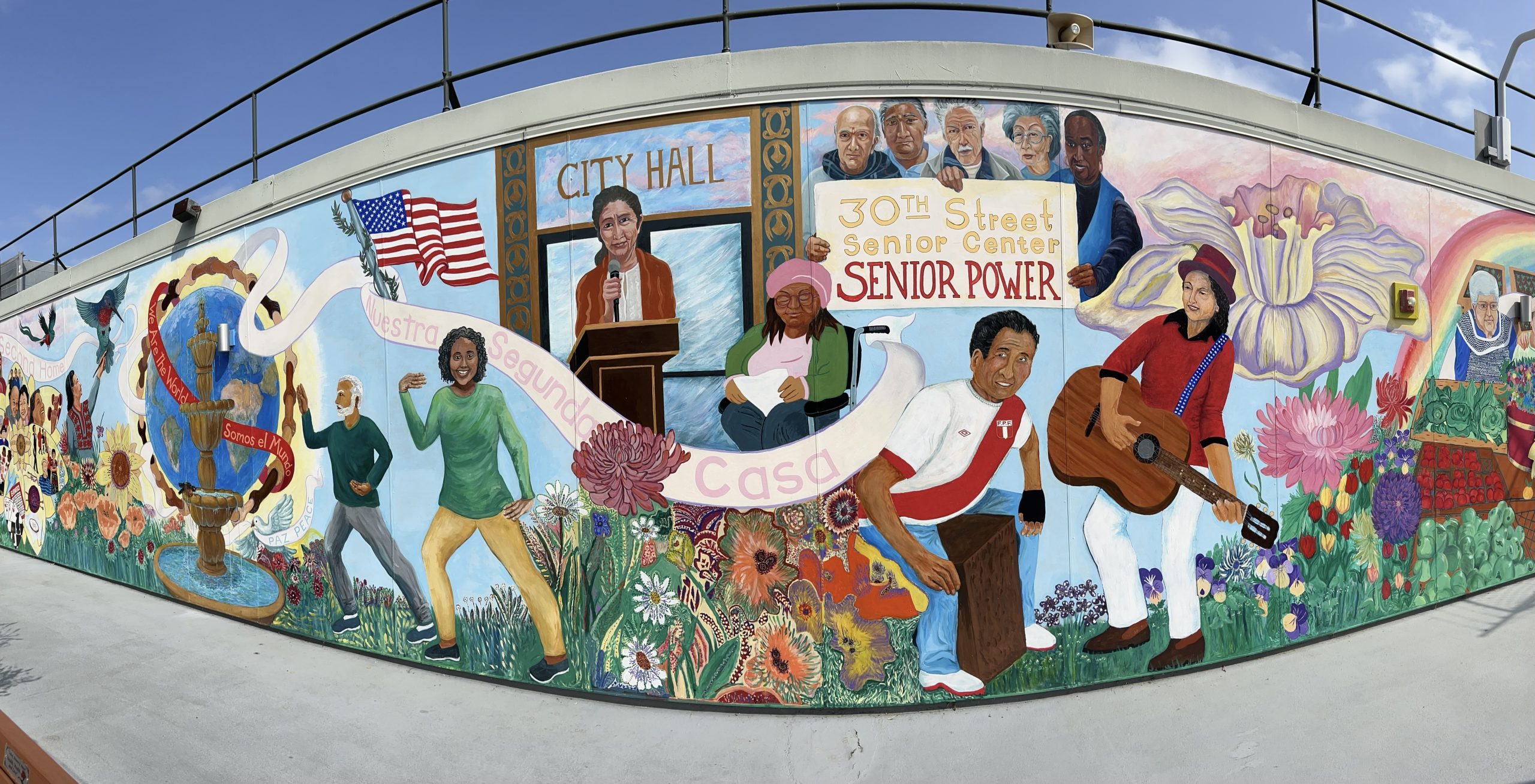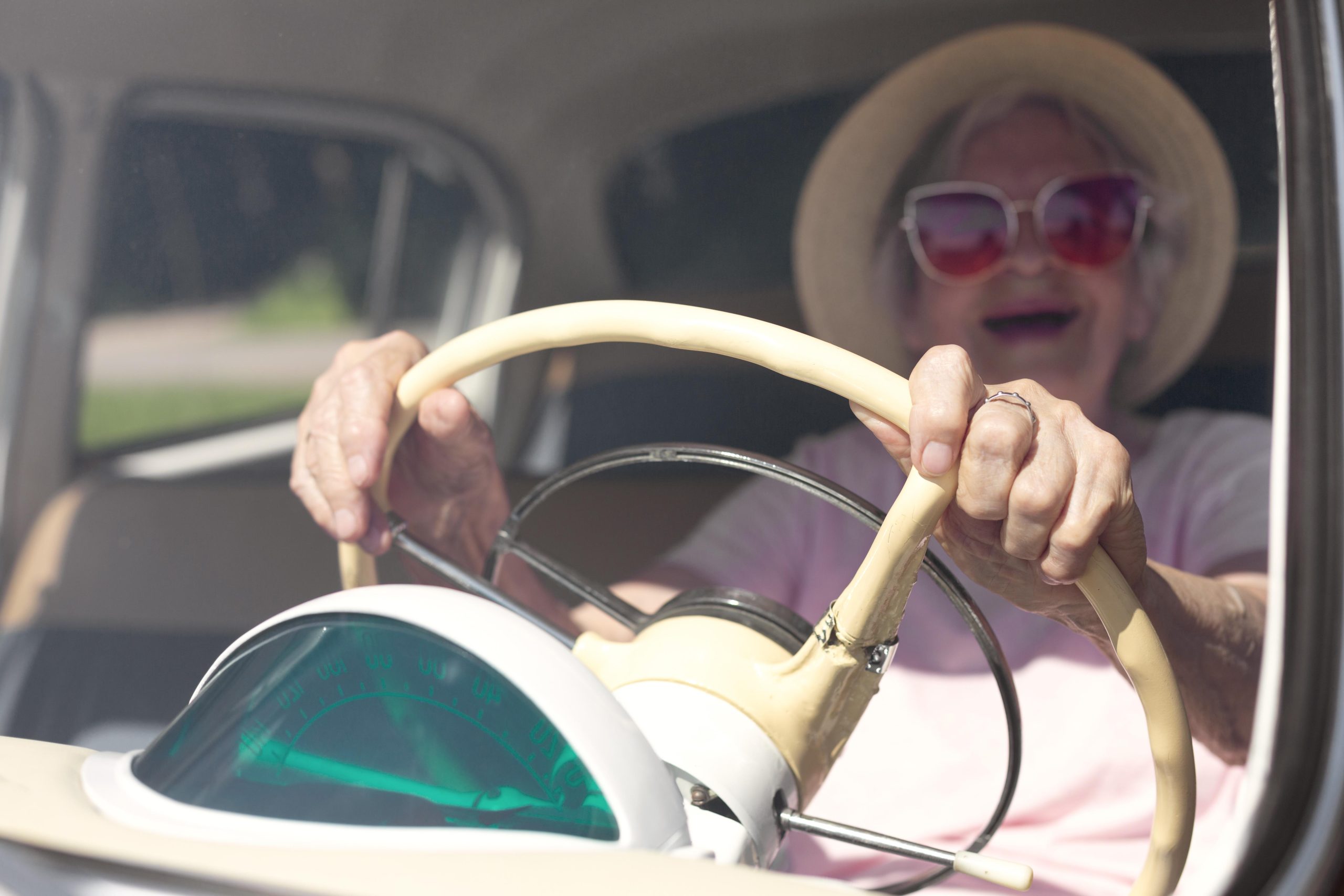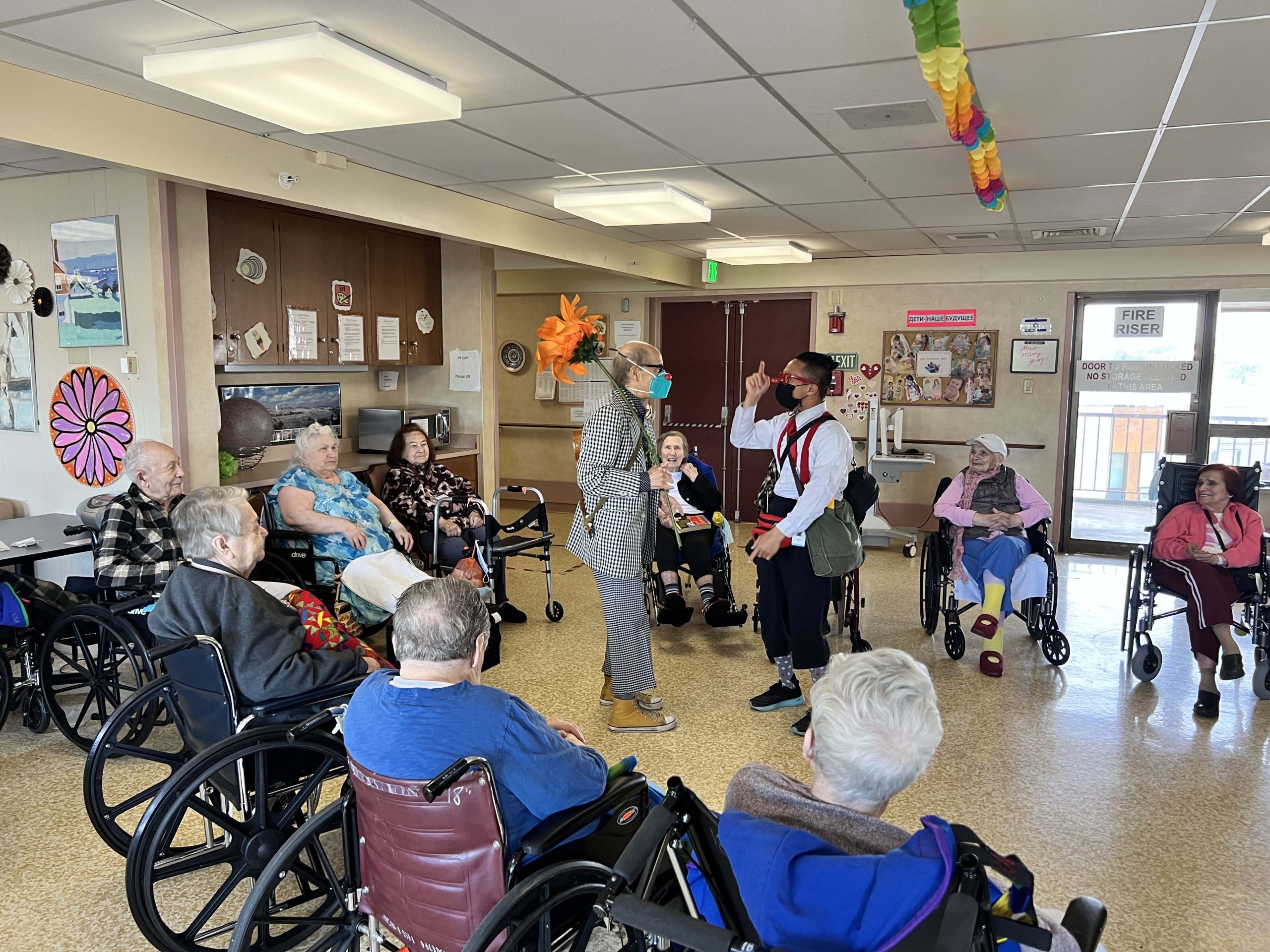Judo teacher puts mind, body and spirit into helping others, including the martial art’s first, highest-ranked woman
On a video tribute friends made to celebrate her 90th birthday this year, one of them called Shelley Fernandez a “warrior for service.”
Fernandez has dedicated her life to helping others. She was an innovative educator for disadvantaged youth, a women’s rights activist, a promoter of judo in San Francisco and internationally, a founder of a free medical clinic for Cesar Chavez field workers.
Today, after her second hip operation, she can’t wait to get back to her calling. “I want to reopen my Noe Valley judo school as soon as possible.”
Two incidents in Fernandez’s youth set her on her path of lifelong service.
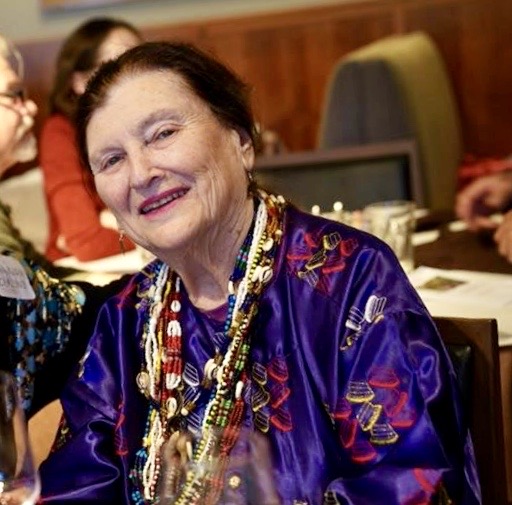
In the late 1930s, the Fernandez family had fallen into poverty and had to sell their furniture. Sometime during World War II, “a blind man who had escaped Auschwitz came by and asked if we had anything to give his family,” said Fernandez. In an act of defiance she’d never seen in her mother, “My mother told my father to give him their mattress. I saw something in her eyes that affected me deeply.”
Then, there was the problem of getting to the West Coast to start college. “My high school teachers chipped in for my air fare,” she said. “Because of what my mother did and my teachers’ generosity, I decided I would do what I could to make people’s lives better.”
Before she could help others, Fernandez first had to help herself. And defying her father as her mother once did, she told him, “I wasn’t going to be a secretary as he wanted, but I was going to leave Brooklyn and go as far as I could to see what I could do.”
And far she went: a scholarship to Mills College, a master’s degree in theater, teaching and administration credentials from San Francisco State University and a doctorate in health administration, begun at Stanford and completed at Walden University.
A fortuitous friendship
Along the way, she adopted a daughter from Colombia and formed a lifetime friendship and professional partnership with Keiko Fukuda, who became the highest ranked woman judo expert in the world. “I invited Keiko to live with me and she stayed 47 years. She was like a mother to me,” Fernandez said.
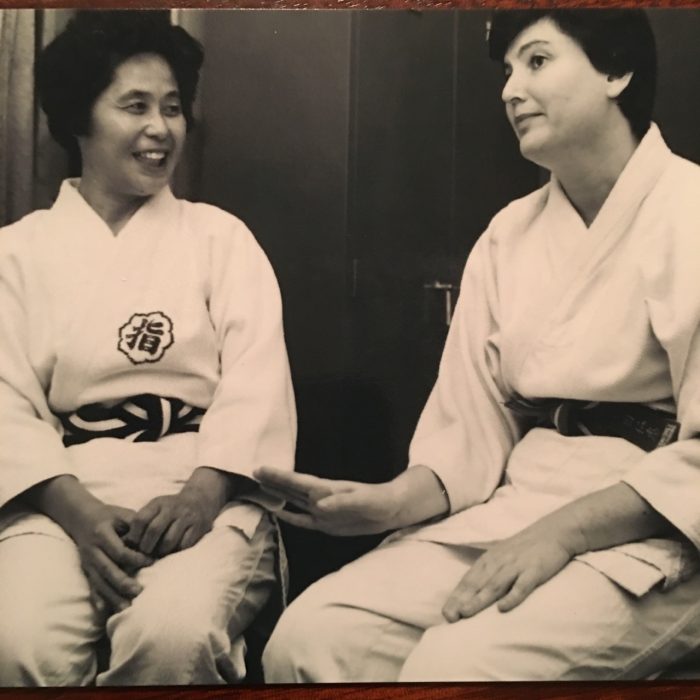
Fernandez discovered judo when she was teaching high school. “I asked a student who was doing ‘A’ work on tests why she wasn’t turning in her homework. She said she was too busy attending judo classes in the evening. I had to check it out.”
Fernandez was mesmerized. “It was so beautifully choreographed, but I was concerned I couldn’t do it,” she said. When she attended Mills College, there was a requirement that everyone had to pass a swimming test to graduate. “I couldn’t be taught. It was humiliating because I got a ‘D,’ preventing me from graduating with honors.”
But she took to judo and reveled in the philosophy of judo as an art, science and spiritual discipline. The Japanese martial art was created in 1882 by Jigoro Kano. He used the traditional techniques of jūjutsu, adding the elements of physical education, competition and the cultivation of the mind to strengthen the body.
Fernandez’ learning accelerated at the Koyokan dojo (training room) where she met and took lessons from Fukuda, a visiting sensei (teacher) from Japan.
“Keiko was 4’11,” under 100 pounds, with perfect coordination and speed,” said Fernandez. “A big guy, like 6 ft., would come towards her and be across the room in a second.”
Murdering her teacher
At Fukuda’s suggestion, Fernandez went to Japan in the summer of 1966 to get her brown belt in judo. She passed every test except one – the sword move. The sword, typically wooden, is aimed at the middle of the opponent’s head. Because part of judo is choreographed movement, the opponent moves to the side, avoiding the sword strike.
“After two tries with a wooden sword, the head guy comes back with a real sword,” said Fernandez. Japanese judo authorities only let someone take these tests if they feel certain the person will succeed. Giving Fernandez a real sword indicated their trust in her. In the seconds before her third try, that bolstered her confidence and ability to marshall mind, body and spirit. “I felt I was going to murder my teacher, but I thought the Japanese way, and it worked.”
Fukuda started teaching in Fernandez’ basement in 1967, two years later at Mills College and City College of San Francisco once Fernandez helped her get her U.S. citizenship. In 1973, the pair opened the Soko Joshi Judo Club on 26th and Castro streets.
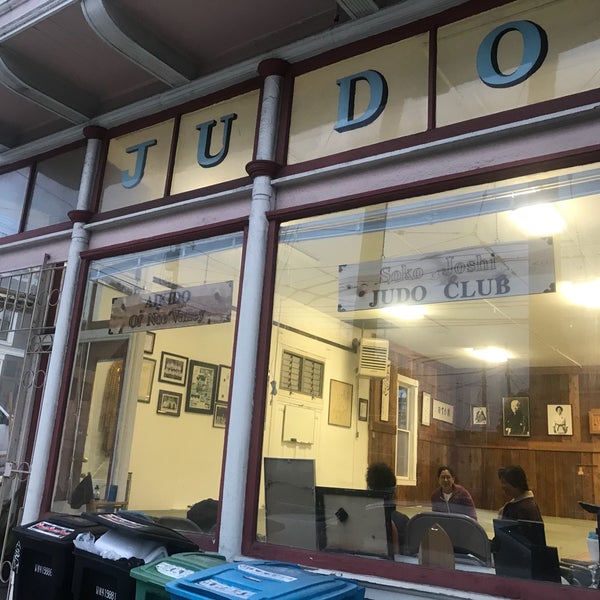
While Fukuda taught here and internationally, Fernandez continued studying and promoting judo. She also began to lobby for the rights of women.
Through consciousness-raising groups held in her home, she learned of women who had been battered and never told anyone. This discovery led Fernandez, in 1971, to form the first battered women’s shelter in the country, La Casa de Las Madres in San Francisco. She also became president of the San Francisco chapter of The National Organization of Women (NOW) and was on the national board.
Through women in her judo school, she learned about racial and gender discrimination in the San Francisco police and fire departments. Fernandez enlisted three organizations – the League of United Latin American Citizens, the National Association for the Advancement of Colored People and Chinese for Affirmative Action – to sign on to a 1973 discrimination lawsuit against the San Francisco Police Department by an association of black police officers.
The suit was settled in a 1979 consent decree and established a system in which, once a pool of qualified candidates was set up, the department selected its hires with affirmative action goals in mind. At the time, minority groups comprised 14 percent of the force and women, 4 percent. As of late 2019, its makeup was more than 50 percent minority and 15 percent female.
Toughened on the streets of New York
“The police didn’t want diversity, but we showed them that women can do the job as well as men, if not better,” she said. The fire department was an easier sell for women entrants. “We just talked to them, and they admitted two women paramedics from my judo school.”
Standing up to people was embedded in her personality – an extrovert who grew up on the mean streets of New York City. Being the focus of attention was not a problem for someone whose parents had made their living in vaudeville. Her father was a song and dance man and her mother in the chorus line in shows with vaudeville stars Al Jolson and Eddie “Banjo Eyes” Cantor.
For a time, Fernandez followed her parents’ path into entertainment. She worked as an assistant director to Herb Blau and Jules Irving, founders of The Actors Workshop in San Francisco. But seeing little room at the top for women directors in the late ’50s and early ’60s, she focused her talents on education. She incorporated theatrics into teaching, she said, “like holding a Shakespeare class where the kids used sheets as costumes.”
Her first teaching job began in 1958 at Fremont High School in Oakland. A teacher had quit mid-year. “He was in the Army and he couldn’t handle the kids,” said Fernandez. “I asked the principal for the job and he said I’d be gone in a week.”
Teaching the uneducable
Not only was she not gone, but Fernandez spent the rest of her career proving kids deemed uneducable could be taught. “I grew up with rough kids,” she said, “Kids know when you are honest and really care, which I did.”
Fernandez made visits to all her students’ homes. It took guts. “I went to a Black student’s home, who had brought weapons to school. His caretaker was a drunk grandfather. The man swore at me up and down, using the “N” word, and I gave it right back to him,” said Fernandez. “When he saw that I stood up to him, he ordered his grandson to behave in my class. From then on he did.”
When she applied for a vice-principal opening in Daly City and school officials replied that there weren’t any women in administration, she told them “it was about time they hired one.” So they did.
As if that weren’t enough, as vice-principal she fought with the union to implement bilingual education. “They wanted to put Spanish-only speaking children in special education classes,” she said. “There was nothing ‘special ed’ about them.”
She also encouraged local farmworkers to send their girls to school instead of working in the flower fields. One of them is now the vice-president of a bank, Fernandez said. And when she saw farmworkers being turned away at the local hospital, she helped found Our Lady of Guadalupe Medical Center, a free medical clinic that lasted 18 years.
Her work for social justice eventually found its way into her own home. The Kodokan, judo’s governing body in Toyko, had kept Fukuda at the fifth Dan, or level, for 30 years because women were not allowed to rise higher.
Fighting for Fukuda
Fernandez started a letter writing campaign petitioning the Kodokan to promote Fukuda to sixth Dan. Fukuda was martial arts royalty, she argued. Her grandfather, a samurai, had taught jūjutsu to Kano, and she was among Kano’s first female students. The Kodokan agreed and in 1972, raised her to 6th Dan, the highest position held by a woman at the time.
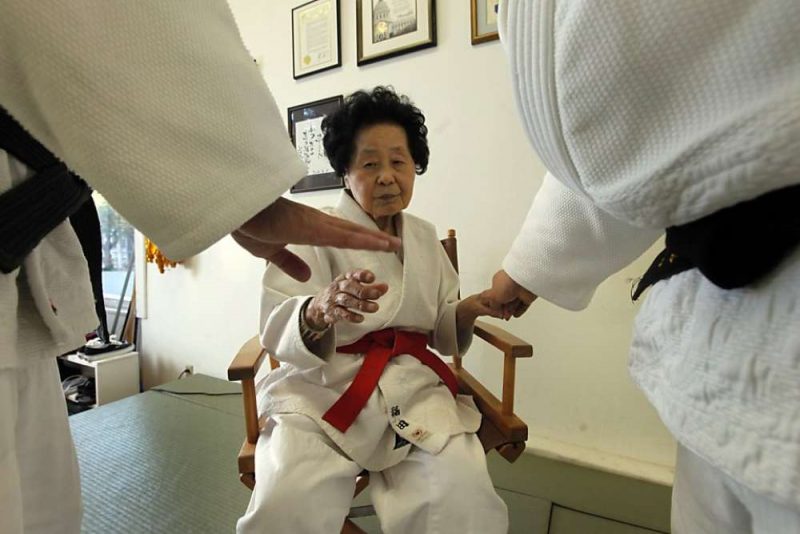
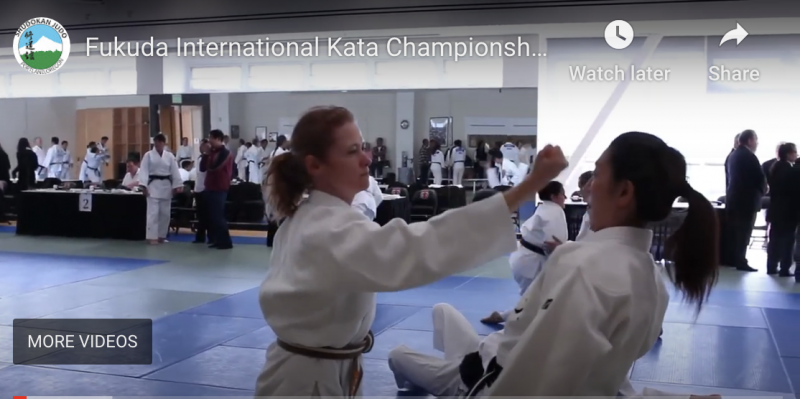
With Fernandez’s support, Fukuda continued her climb until she reached 10th Dan in 2011 from USA Judo and the United States Judo Federation at the age of 76. The Kodokan by then had conferred her with the 9th Dan. Fukuda served on several international judo committees, started an annual tournament, formed the first women’s training camp in the Bay Area and continued to teach three times a week in the Soko Joshi Judo Club until her death at 99 in 2013.
“After her passing, I wanted to continue Keiko’s legacy, so I formed the Keiko Fukuda and Shelley Fernandez Girls and Women Judo Foundation,” said Fernandez. “Our mission is to foster national and international judo participation for economically disadvantaged girls and women.”
The foundation had established 15 private and government schools in India but they were shut because of Covid-19. They were also on the verge of teaching judo on two American Indian reservations, as well as to Native Americans in San Francisco.
When she first met Fukuda, Fernandez was immediately attracted by her harmonious disposition. “She was so caring, so pure. In all our time together we never had an argument.”
Fukuda lived by her motto, “Tsuyoku, Yasashiku, Utsukushiku,” Fernandez said, and she strives for that, too: “Be strong, be gentle, be beautiful, in mind, body, and spirit.”



